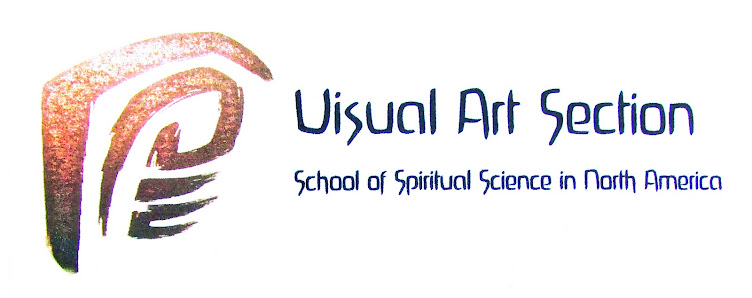Imagining Cultural Freedom
by Nathaniel Williams
The role that culture plays in society is one of the most widely discussed issues of our time. Some people argue that cultural freedom is the root of economic injustice and inequality. Others argue that freedom is the most important and sacred characteristic of culture. When we train our ear to the varied discourses in the world we hear this question being approached in the most varied forms. It is impossible to act with resolve in any direction without developing these perspectives into some coherent interrelationship. This essay is an attempt at exactly this, to show that these various perspectives unite in a surprising way, revealing that what is called free culture today is often an impotent poverty. We will start with considerations from the art world as they lead to an understanding of broader contemporary culture.
Since the ‘60s art and culture are less likely to be described in aesthetic isolation and they are being seen more and more as essentially indistinguishable from economic and political realities1. This new attitude sees that many people are still floating in the dreamy soup of culture without raising context of culture into focus, yet this old, naïve state is quickly vanishing. To see art as an expression of creative spirit emanating from the artist’s activity, is becoming more and more difficult.
by Nathaniel Williams
The role that culture plays in society is one of the most widely discussed issues of our time. Some people argue that cultural freedom is the root of economic injustice and inequality. Others argue that freedom is the most important and sacred characteristic of culture. When we train our ear to the varied discourses in the world we hear this question being approached in the most varied forms. It is impossible to act with resolve in any direction without developing these perspectives into some coherent interrelationship. This essay is an attempt at exactly this, to show that these various perspectives unite in a surprising way, revealing that what is called free culture today is often an impotent poverty. We will start with considerations from the art world as they lead to an understanding of broader contemporary culture.
Since the ‘60s art and culture are less likely to be described in aesthetic isolation and they are being seen more and more as essentially indistinguishable from economic and political realities1. This new attitude sees that many people are still floating in the dreamy soup of culture without raising context of culture into focus, yet this old, naïve state is quickly vanishing. To see art as an expression of creative spirit emanating from the artist’s activity, is becoming more and more difficult.
Click on this link to read the whole essay
